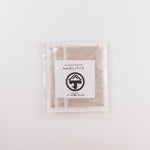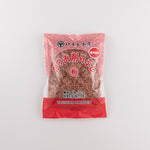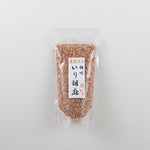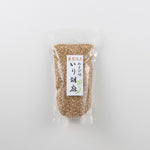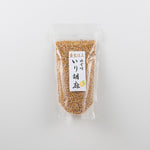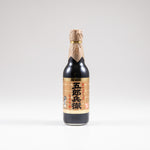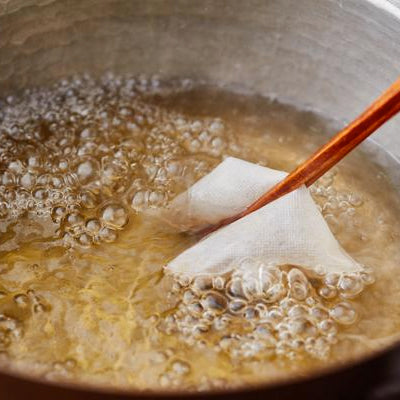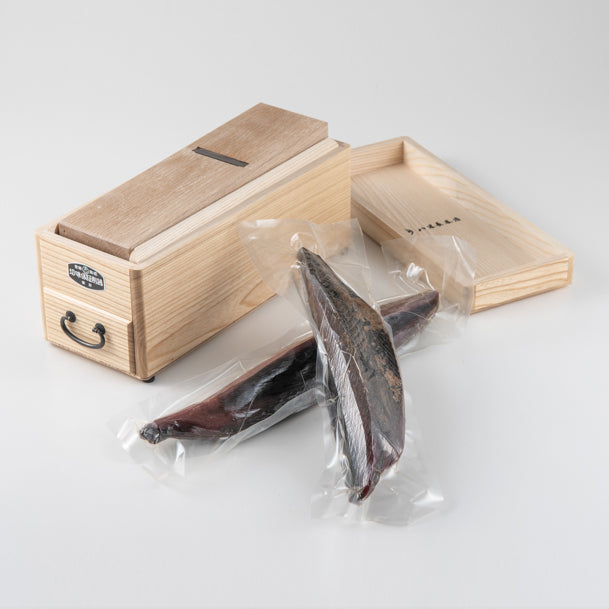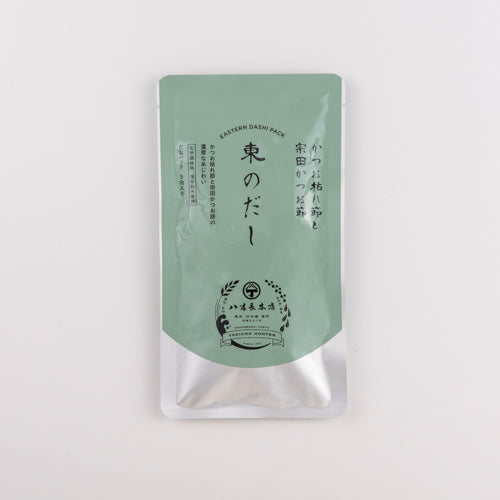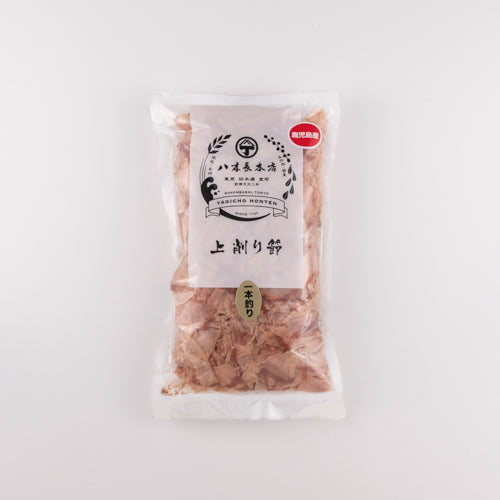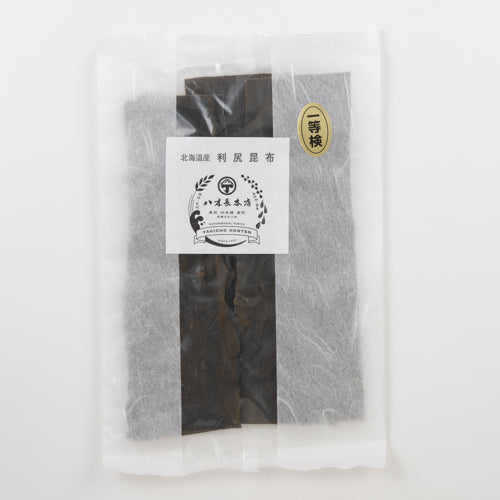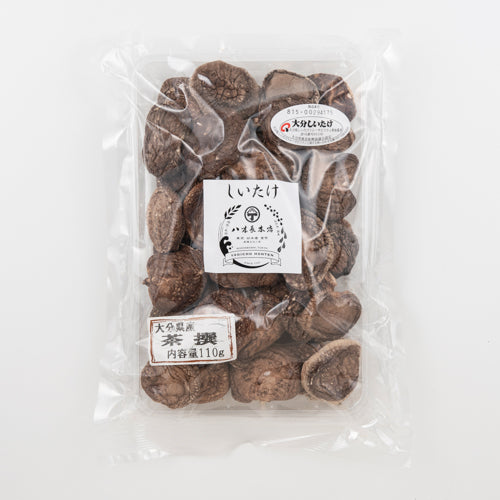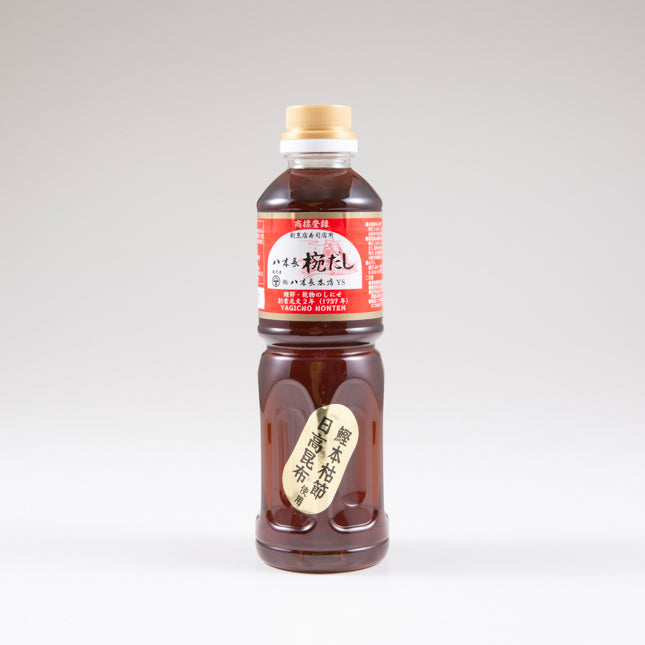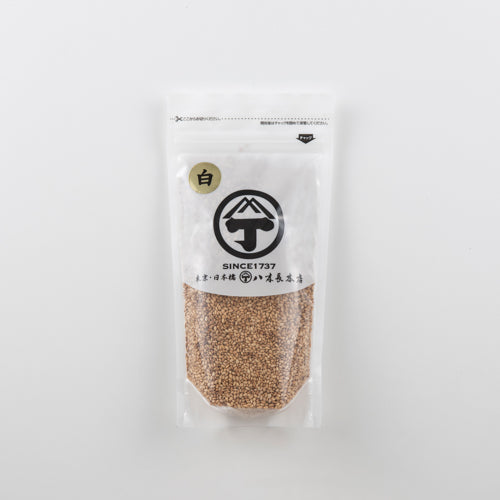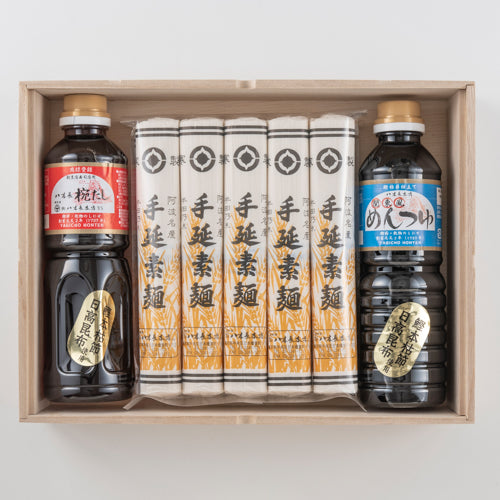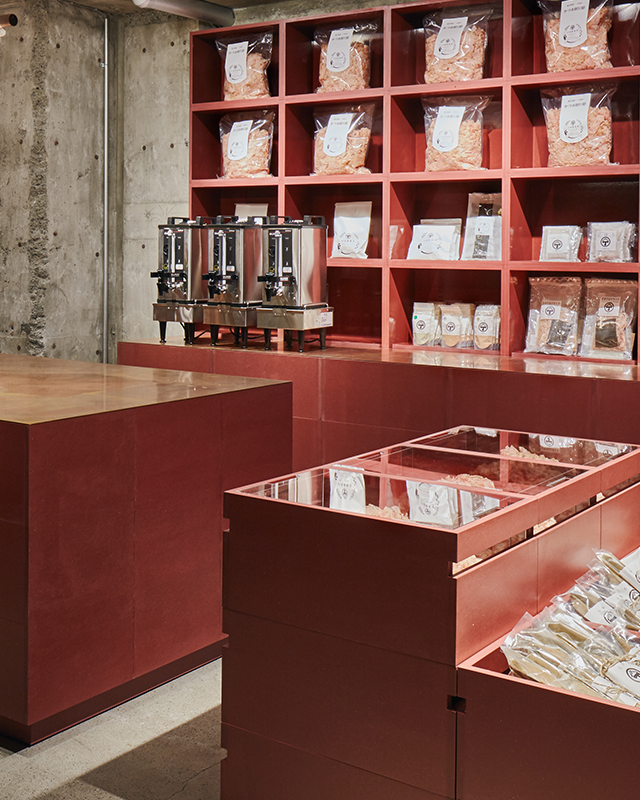A rich breakfast set with carefully selected ingredients to create the ideal Japanese breakfast
A traditional Japanese breakfast would consist of miso soup and steaming white rice. If you have rice accompaniments on the table, you can start the day off right with a charge of energy for your family. They may all be simple and easy to prepare, but by paying special attention to each of the ingredients, you can pursue a much more delicious breakfast.
Because it's something we do every day. Even something simple is fine, just take the time and care.
 Try to remember the feeling of happiness you had when you woke up to grilled salmon, rolled eggs, freshly cooked rice, and the aroma of miso soup dashi filling the room. They are all simple dishes and each household has their own taste, so that's great. Use your favorite seasonings, and the deliciousness of dashi is indispensable. Cooking rice in a pot is actually easy. Why not try to cherish and carefully live this little effort?
Try to remember the feeling of happiness you had when you woke up to grilled salmon, rolled eggs, freshly cooked rice, and the aroma of miso soup dashi filling the room. They are all simple dishes and each household has their own taste, so that's great. Use your favorite seasonings, and the deliciousness of dashi is indispensable. Cooking rice in a pot is actually easy. Why not try to cherish and carefully live this little effort?
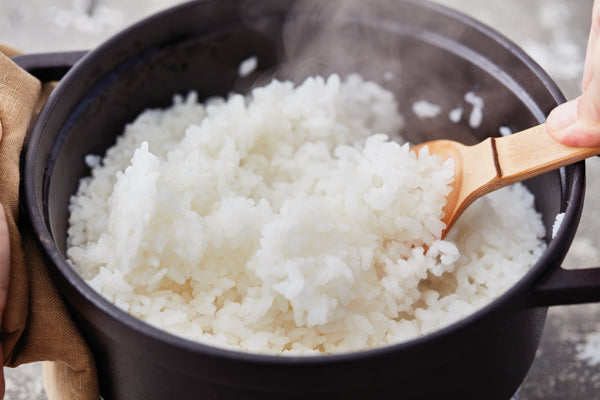
Just cook rice in a pot. It will be delicious.
If you have a little extra time, you can make your rice fluffy and delicious by cooking it in a pot. It may seem like a high hurdle to some people, but it's actually very easy.
How to cook delicious rice
1. Gently wash the rice in a bowl. Change the water 3-4 times and rinse. The key here is not to use too much force. Don't worry if the rinsing water becomes cloudy. Once you've finished rinsing, drain the rice in a colander and leave it for 30 minutes.
2. For 2 cups of rice (400ml), prepare 1.3 times the amount of water (520ml). Put the rice and water in a pot, cover it, and place on medium heat. After about 2 minutes of cooking, reduce the heat to low.
3. Cook on low heat for 8 minutes, being careful not to burn it, for a total of 12 to 13 minutes. Turn off the heat and steam with the lid on. Steam for at least 10 minutes.
Have these dishes for breakfast
A delicious Datemaki omelette made with dashi and fishcake that melts in your mouth

When you think of Datemaki Tamago, many people probably think of New Year's cuisine. This dish is a simple breakfast version of the fluffy Datemaki, made in a single frying pan. The marriage of the aroma of dashi and the fluffy texture of the hanpen is irresistible. Of course, you can roll it up with a rolling mat, or fold it in half for a hearty omelet. Sweet tamagoyaki goes well with breakfast.

[Ingredients (serves 4) and recipe]
100g hanpen ( fish cake), 4 eggs, 2 teaspoons of mentsuyu or Yagichowan dashi, 1 teaspoon of sake, 1 tablespoon of sugar, a little salt, 1 tablespoon of oil
1. Cut the hanpen (fish cake) as small as possible (we recommend using high-quality hanpen).
2. Place in a food processor along with the beaten eggs and sugar.
3. Heat oil in a large frying pan, pour in ①, reduce heat to low and cover.
4. Once cooked, fold it into a half moon shape and place it on a plate. Roll it up with a mat and leave it to cool to make Datemaki Tamago.
Have this dish for breakfast. By soaking in dashi, you can create a flavor that is perfect for Japanese meals. Japanese-style pickles
By soaking in a dashi-based pickling liquid, the pickles become mildly sour. They go well with Japanese cuisine as a side dish. They are a convenient side dish to have on hand for breakfast, lunch boxes, and everyday meals. You can use any vegetables you like . Japanese vegetables such as root vegetables also go well with them. Depending on the season, you can add green beans, broccoli, lotus root, or yam.
[Ingredients and Preparation]
5cm each of carrots and daikon radish 1 stalk of celery 1 cucumber 2 small cauliflower florets 1/2 pepper 300ml of fruit vinegar or lemon juice 30ml of Yagichowan dashi A little salt
1. Peel the carrots and radishes and cut them into sticks. Cut the celery and cucumber into sticks as well. Cut the peppers into 1 cm pieces.
2. Put 230ml of water, vinegar and soup stock in a small saucepan and bring to a boil. Add the carrots, daikon, celery and cauliflower and simmer for 4-5 minutes, then turn off the heat and let cool.
3. Add the cucumbers, transfer to a storage container and leave in the refrigerator overnight (best eaten on the second day or later).
Even on busy mornings, you want to eat a hearty meal. For those days, try this easy, nutritious two-dish meal.
Even on busy mornings, you want to eat well, and you want to feed your children well. In times like these, serve rice balls that can be eaten with one hand with soup full of ingredients. Kenchinjiru is a traditional, gentle taste made by mothers, with plenty of vegetables to warm the body. If you make it the day before when you have time, the flavors will blend and it's easy to prepare. You can use up to three types of sesame for the rice balls. The roasted sesame flavored plum, wasabi, and yuzu are Yaginaga's special products, and each one is very popular.
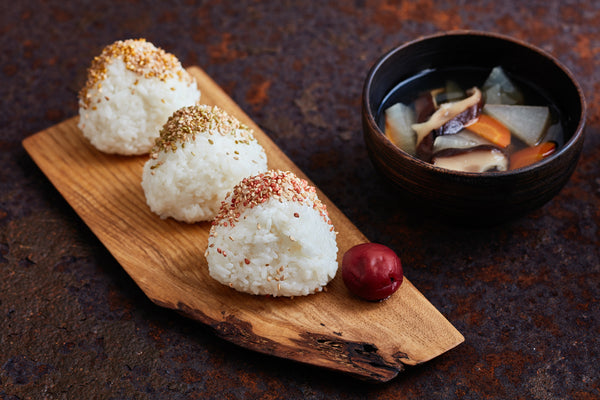
Have this dish for breakfast: "Kenchinjiru" is a soup made with the flavors of dashi and vegetables.
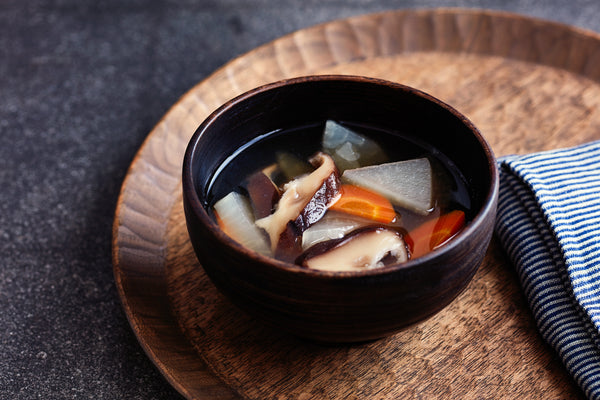
Kenchinjiru is a traditional soup. The flavor depends on the umami of the vegetables and the dashi stock. It is a healthy Japanese dish that we hope you will learn how to make and pass on the traditional recipe. This soup, like a side dish, is nutritious and satisfies your stomach.
[Ingredients, serving size and recipe]
30g dried bonito flakes, 3 dried shiitake mushrooms, 10cm daikon radish, 2cm carrots, 1/4 konjac, 2 green beans, 1/2 block of firm tofu, salt and soy sauce to taste, a little oil, ground white sesame to taste
1. Soak the shiitake mushrooms in 1 liter of water beforehand, and save the soaking water without discarding it. (①)
Put the soaking water from step ① into a pot and bring to a boil, then add the dried shavings and make the stock. (②)
2. Cut the shiitake mushrooms into thin strips, cut the daikon radish and carrots into chrysanthemum shapes, remove the strings from the green beans, and boil the konnyaku and cut it into thin strips.
3. Heat sesame oil or cottonseed oil in a pot and add the vegetables and konnyaku and fry.
4. Add ②, skim off the scum, and bring to a boil. When the vegetables are soft, add the tofu in pieces and season with salt and soy sauce. Serve in bowls and sprinkle with ground sesame seeds to taste.








